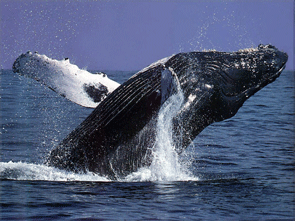
Whale watching season is well and truly underway and experts are tipping increased local action with several sightings already, including a pod of Humpbacks off Queenscliff last month.
Launched in 2015, and run in conjunction with the Dolphin Research Institute, the project aims to provide a more accurate understanding of numbers and movements.
“The 2017 whale season broke all previous records, with a total of 218 validated sightings of four whale species between May 15th and December 5th,” said the project’s co-founder and curator David Donnelly.
“In total, the estimated number of individual whales was 458, which is a whopping 296 more than whales than the 2016 season.
“Whether this is a case of more whales, more people looking or a combination of both is yet to be determined but one thing’s for sure, whales never fail to attract the attention of the public,” Mr Donnelly said.
Having been hunted to the brink of extinction, sightings of Humpback whales have steadily grown in recent years, with eastern Australian numbers expected to reach around 33,000 this year.
Southern Right whales are still classed as threatened, with between just 250 and 400 individuals and no noticeable population increase.
“Understanding whale numbers and movements is critical to their management and protection but it is a huge challenge, taking decades of piecing together snippets of data, Mr Donnelly said. “This is where the Two Bays Whale Project has been making a difference.”
Penalties apply for deliberately approaching a whale closer than 200m for vessels; 300m for jet skis; 500m height for aircraft and drones.
For project details, log onto www.dolphinresearch.org.au